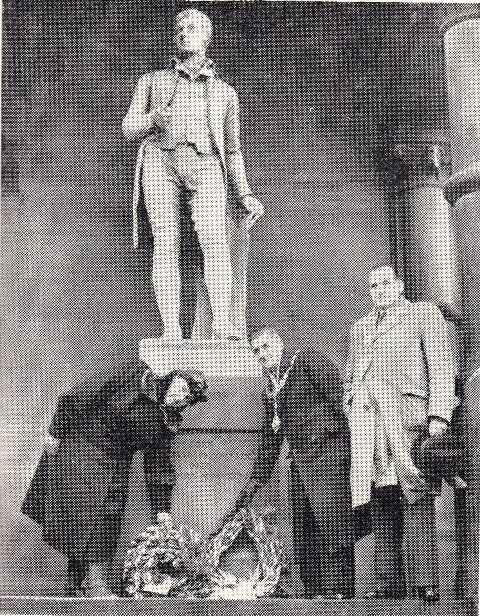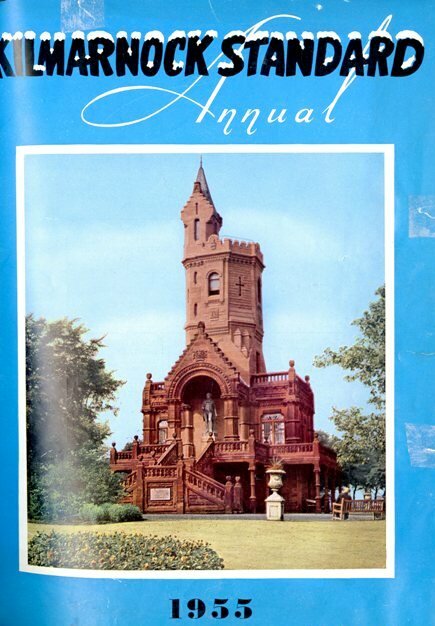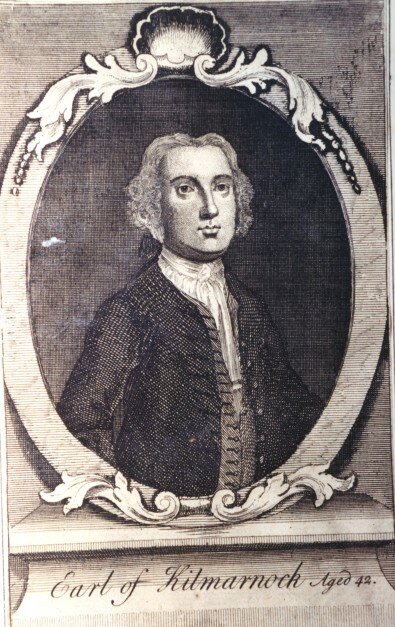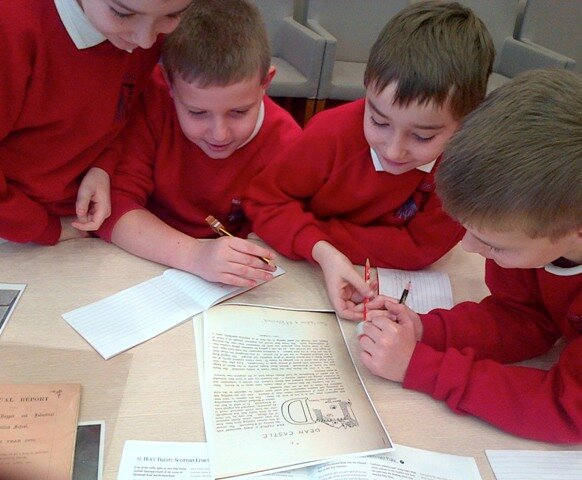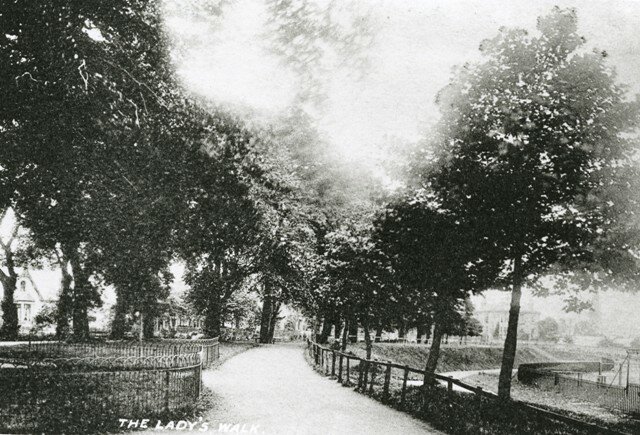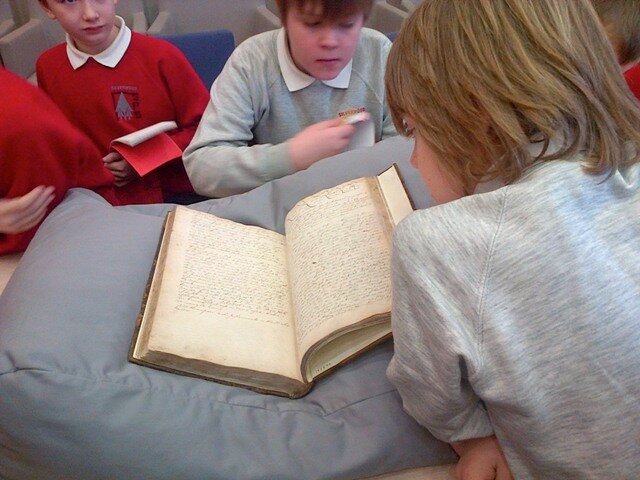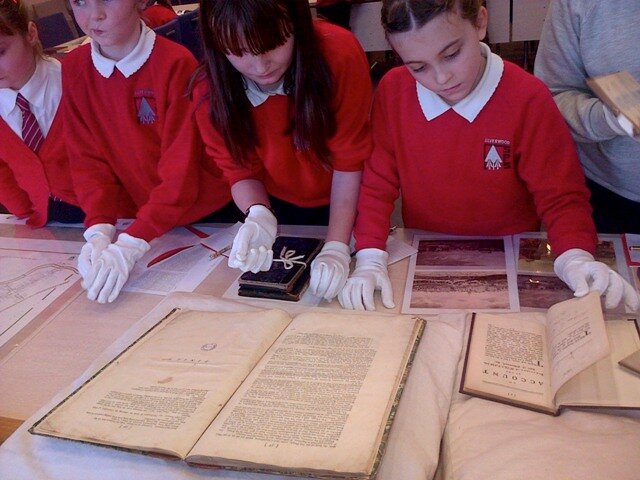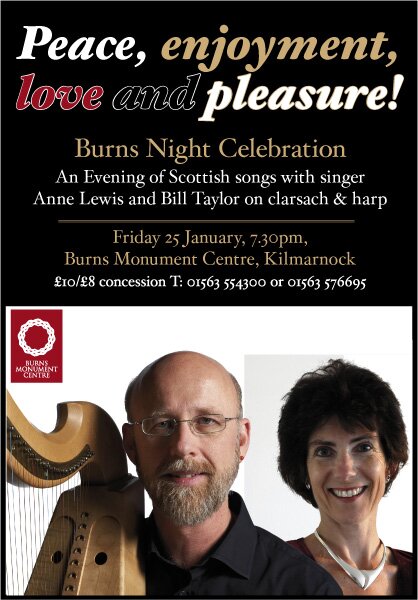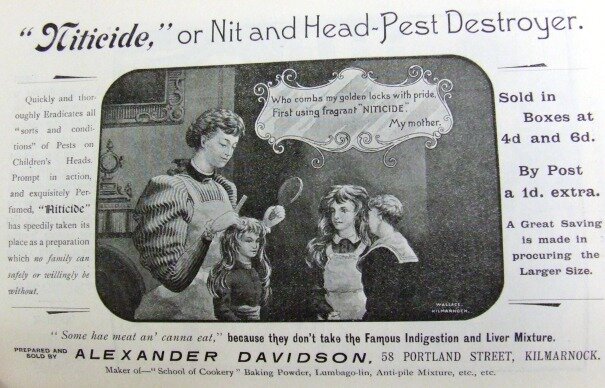New Farm Primary’s lovely P7 class visited the Burns Monument Centre recently in preparation for their Burns Supper. The class looked at our Burns Collection, including the numerous translations of Burns. They were also very keen on the digital Kilmarnock Edition, where they could turn pages and listen to audio versions of some of the poems. ‘To a Louse’ was a particular favourite!
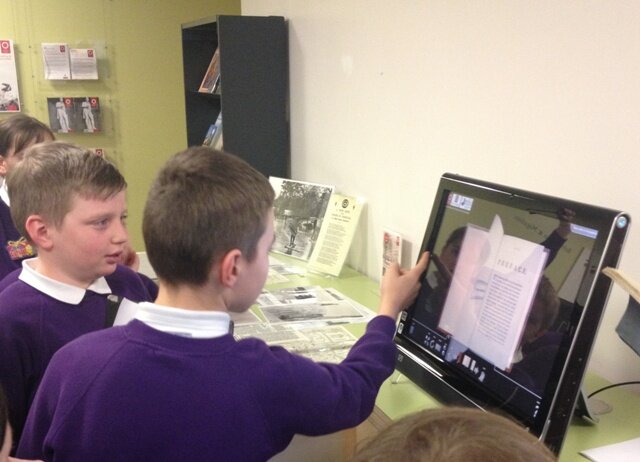
The class also had a peek inside the Archive Store, and learned about the kind of material that’s kept there and why. We spoke about the Kirk Session records, and why young “rantin’ rovin’ Robin” featured in the Mauchline records.
The P7s had already done some research into Burns and the Kilmarnock Edition. They knew all about John Wilson and the subscribers to the book. We had a look at some photographs of the location of Wilson’s press, near Waterloo Street. The pupils also planned a visit to The Dick Institute to see the replica of Wilson’s printing press. We looked at some old maps of Kilmarnock town centre to work out where this and other Burns-related places were located, for example Tam Samson’s house.
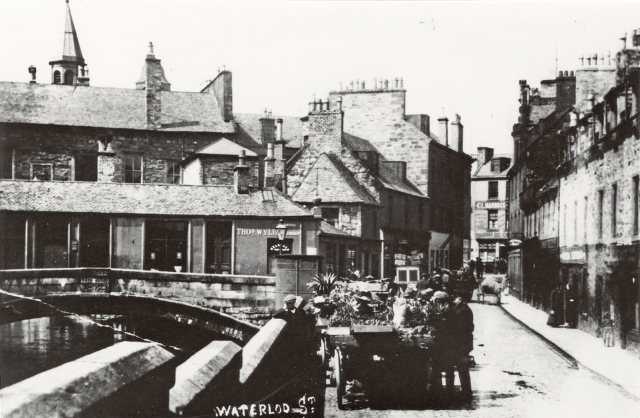
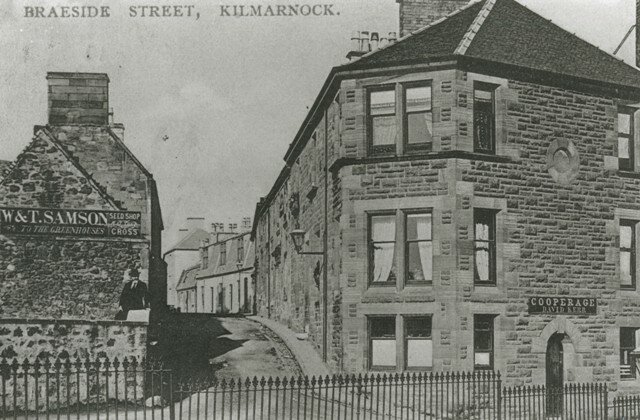
With great care the pupils then had a look at some of our rare books, printed by John Wilson in Kilmarnock in the 1780s. For example, the bard’s friend David Sillar’s Poems, which was of particular interest to one pupil who hailed from Tarbolton. And the Wilson print of Milton’s Paradise Lost, which was apparently a favourite of Burns.
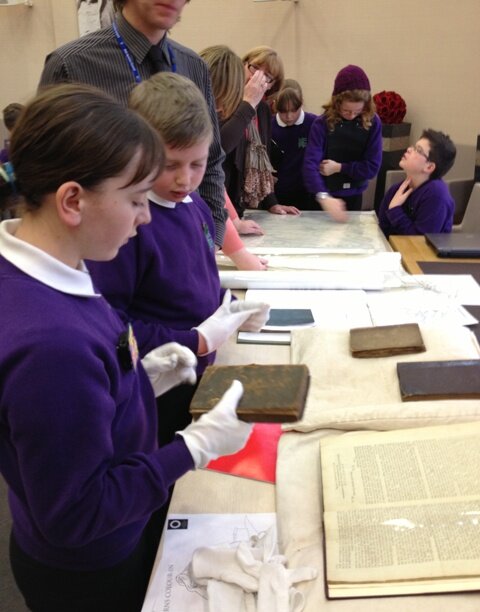
The pupils also learned a lot about the history of our Burns Monument, and looked at material relating to its opening in 1879, including newspaper reports and town council records.
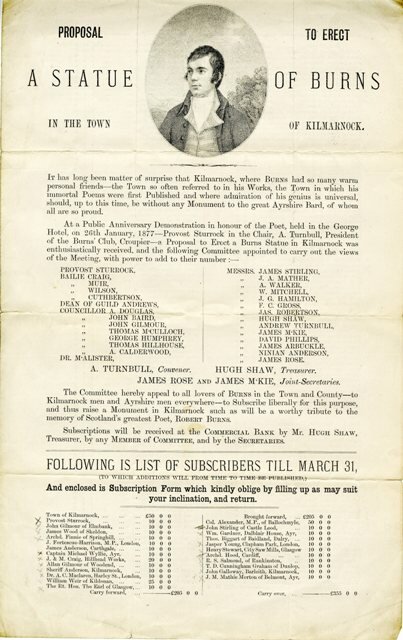
Finally, we made excellent use of the Centre’s family history resources, which staff used to show the class how to create a Robert Burns family tree. The picture below shows Registration staff demonstrating the Scotland’s People website.

The class had a fantastic time, and we were thrilled that they engaged so easily with some very old books, maps and records, and of course, the poetry of Robert Burns.
![ROBERT BURNS BI-CENTENARY [sic]](http://images.britishpathe.com/?id=58726&num=10&size=thumb)
